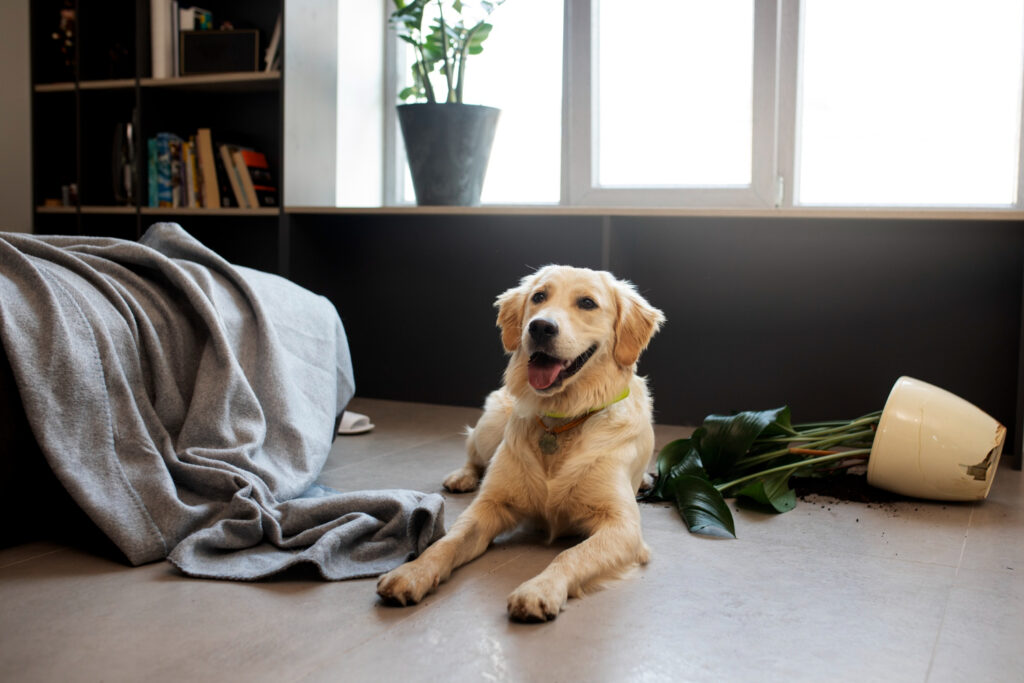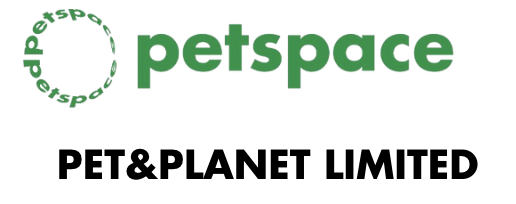
Calming a dog naturally is a crucial aspect of pet care, especially since dogs, much like humans, can experience stress and anxiety. Understanding and implementing natural methods to soothe your canine friend can significantly enhance their quality of life. Here’s an expanded guide on how to achieve this:
Understanding Dog Anxiety
Before delving into calming techniques, it’s important to recognise why dogs get anxious. Anxiety in dogs can stem from various sources such as separation anxiety, fear of loud noises, changes in routine, or unfamiliar environments. Common signs of anxiety in dogs include excessive barking, whining, destructive behaviour, panting, pacing, trembling, loss of appetite, and attempts to hide or escape.
1. Establishing a Consistent Routine
Dogs are creatures of habit and find comfort in predictability. A consistent routine involving regular feeding, exercise, playtime, and sleep can significantly reduce stress. Consistency helps your dog understand what to expect, thereby minimising anxiety triggered by unpredictability.
2. Soothing Sounds: Music and White Noise
The calming effect of music and white noise on dogs is well-documented. These sounds create a soothing environment, reducing stress and anxiety levels. They can also mask the unsettling noises of thunderstorms or fireworks. Numerous apps and playlists are available, specifically curated to calm and soothe dogs.
3. Thunder shirt: The Comfort of Pressure
A Thunder shirt works by applying gentle, constant pressure on the dog’s body, akin to a comforting hug. This can be particularly effective during thunderstorms, car rides, vet visits, or fireworks. The concept is like the use of weighted blankets in humans for anxiety relief.
4. Exercise and Playtime
Physical activity is not only crucial for a dog’s physical health but also for mental well-being. Regular exercise helps burn off excess energy and releases endorphins, which naturally reduce anxiety and stress. Activities like walking, fetch, tug-of-war, or simply running around can be beneficial.
5. Mental Stimulation
Mental exercise is as important as physical activity. Boredom and lack of stimulation can lead to anxiety. Puzzle toys, training sessions, and interactive play are excellent for keeping your dog’s mind engaged. Learning new tricks and solving problems can be a fun and rewarding way to reduce stress.
6. Pheromones for Calm
Dogs communicate through pheromones, which can have a calming effect. Synthetic pheromones like Adaptil mimic these natural chemicals, helping to soothe anxious dogs. They are available in various forms, including diffusers, sprays, and collars.
7. The Power of Grooming
Regular grooming sessions are not just about keeping your dog clean; they can also be a source of comfort and bonding. The physical contact and brushing motions can release endorphins in dogs, promoting relaxation and reducing stress.
8. Natural Supplements
Various natural supplements can aid in calming dogs. It’s essential to consult with a veterinarian to choose the most suitable supplement for your dog’s specific needs and health history.
9. Desensitisation Techniques
Desensitisation involves gradually exposing your dog to the source of their anxiety in a controlled manner. Techniques like counterconditioning, which associates the anxiety source with positive experiences, and systematic desensitisation, which involves gradual exposure, can be effective. These should be done under professional guidance.
10. Veterinary Consultation
Developing a holistic plan with your veterinarian is crucial, especially for dogs showing signs of severe stress and anxiety. Your vet might recommend behaviour modification therapy, prescription medication, or referral to a veterinary behaviourist.
Additional Tips and Considerations
– Understanding Individual Differences: Every dog is unique, and what works for one may not work for another. It’s important to observe your dog’s reactions and adjust accordingly.
– Creating a Safe Space: Dogs often seek a safe, secure area in the home where they can retreat when they feel stressed. This could be a crate, a specific room, or a quiet corner. Make this space comfortable with their favourite bed, toys, and perhaps an item with your scent for added comfort.
– Touch and Massage: Gentle petting or massage can be a powerful way to calm a nervous dog. Many dogs find physical contact reassuring, and it can help deepen the bond between you and your pet.
– Aromatherapy: Certain scents, like lavender and chamomile, are known for their calming properties. Using dog-safe essential oils or diffusers can create a relaxing environment for your pet. However, it’s crucial to ensure that any scent used is safe for dogs and used in moderation.
– Training and Socialisation: Proper training and socialisation from a young age can significantly reduce anxiety in dogs. Training provides mental stimulation, builds confidence, and strengthens the bond between you and your dog. Socialisation helps them become more comfortable with different people, animals, and environments.
– Diet and Nutrition: A well-balanced diet is essential for your dog’s overall health and can impact their stress levels. Some foods are known to have calming effects, and your veterinarian can recommend a diet that suits your dog’s needs.
– Avoiding Punishment: Punishing a dog for anxious behaviour can exacerbate anxiety. It’s important to remain calm and understanding, using positive reinforcement to encourage calm behaviour.
– Recognising the Signs of Chronic Anxiety: While occasional anxiety is normal, chronic anxiety can be a sign of a deeper issue. If your dog is frequently anxious, it’s important to consult with a veterinarian to rule out any underlying health problems.
– Professional Help: In cases of severe anxiety, seeking help from a professional dog trainer or a veterinary behaviourist can be beneficial. They can provide tailored strategies and support for managing your dog’s anxiety.
– Patience and Consistency: Calming a dog naturally requires patience and consistency. It’s important to be consistent in your approach and give your dog time to adjust to new routines or techniques.
Conclusion
Calming your dog naturally involves a combination of understanding their needs, providing a stable environment, and using various techniques to reduce anxiety. It’s about creating a bond of trust and safety, where your dog feels secure and loved. Remember, each dog is an individual, and what works for one may not work for another. Always consult with a veterinarian if you have concerns about your dog’s anxiety levels and be patient and consistent in your approach to their care.
By employing these methods, you can help ensure that your furry friend leads a happy, stress-free life. Remember, the goal is to understand and cater to your dog’s unique needs, creating a nurturing environment that allows them to thrive.


